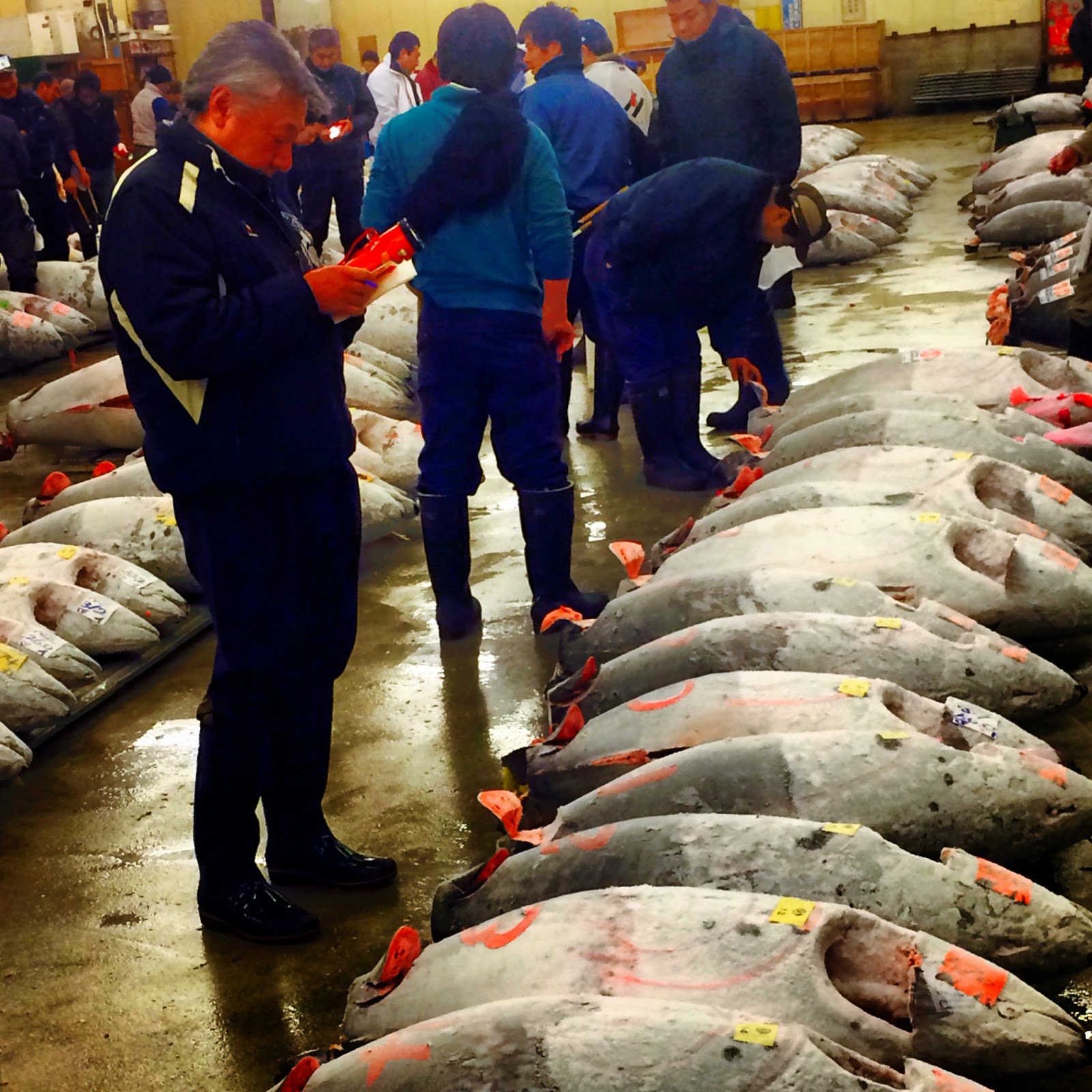This past weekend I had the opportunity to travel to TOKYO!!! It was truly an amazing time: busy, {a bit rushed}, alive, and filled with touristy, neon city sights. Here's a look at what we did:
*
{First cherry blossoms in bloom!}
*
My friends and I: Kathryn, Devon, Kristina, and Rachel stayed at a hostel called Asakusa Smile {my first time in a hostel!} in Asakusa.
Asakusa 浅草 is the center of Toyko's shitamachi or "low city", where much of the "old" culture still thrives. Asakusa also has a wonderful, touristy shopping arcade to buy crispy osenbei {rice crackers}, agemanju (battered and deep fried soft cake filled with red bean paste}, folding fans, wood-carved paintings of Fuji, and T-shirts. It is also home to Sensoji Temple, a popular Buddhist temple built in the 7th century.
*
{"Senso" is an alternative reading for Asakusa and "ji" means temple. It is one of the oldest temples in Tokyo}.
{THE biggest shoe I've managed to see so far in Asia ;) }
{The incense/smoke is thought to have healing health benefits. People "wrap" the smoke around themselves}.
*
*
I was also able to see the rumored "busiest intersection" in the world at Shibuya Crossing or Shibuya Scramble. A thousand people are thought to cross at every change of the traffic light. The area was made famous in the Western world originally by Sophia Coppola's Lost in Translation. It was crazy!
*
To give you an idea: Shibuya on a Saturday: http://www.youtube.com/watch?v=QXtOdSgf6Ic
{The infamous statue of Hachikō, a dog, between the station and the intersection. The story is: Hachikō returned years and years following his beloved owner's death to attempt to greet the man daily at the station. This happened for ten years.It has also been adapted into a film. Loyalty!
*
{While nearby the loud and eclectic style of Takeshita Street in Harajuku, we were able to make our own traditional savory pancakes or Okonomiyaki {お好み焼き} at a cool artsy cafe called Sakurate, hidden near the Design Gallery.
*
{The pancake's name is derived from the word okonomi, meaning "what you like" or "what you want", and yaki meaning "grilled" or "cooked." Consists of flour, grated nagaimo (a type of yam), water or dashi, eggs and shredded cabbage, and usually contains other ingredients such as green onion, meat (generally thin pork belly, often mistaken for bacon), octopus, squid, shrimp, vegetables, mochi or cheese}.
*
Other sights I saw:
The Tokyo SkyTree: at a height of 634 meters (634 can be read as "Musashi", a historic name of the Tokyo Region), it is the tallest building in Japan and the second tallest structure in the world at the time of its completion. A large shopping complex with aquarium is located at its base.
*
Tsukiji Market (築地市場, Tsukiji Shijō): Tsukiji Market is a whole sale market for fish, fruit and produce best known as one of the world's largest fish markets, handling over 2,000 tons of marine products per day. It is expected to move to a new site in Toyosu by spring 2016. The auction allows only 120 tourist/day and some tuna sell for an average of 10,000 USD. We stayed up all night to see the auction shortly after 5 a.m.
*
Roppongi Hills shopping and conveyor belt sushi: Pick it up off the conveyor, and it's yours to eat! No waiting! Shashimi or thin sliced, raw food, is traditional and a hugely popular sushi in Japan. I loved it!
{Roppongi Hills: an upscale shopping and night-life area}.
*
Mount Fuji {my favorite trip!!!!!!}:
Info taken from: http://www.japan-guide.com/e/e2172.html
Mount Fuji (富士山, Fujisan) is with 3776 meters Japan's highest mountain. It is not surprising that the nearly perfectly shaped volcano has been worshiped as a sacred mountain and experienced big popularity among artists and common people throughout the centuries.
Mount Fuji is an active volcano, which most recently erupted in 1708. It stands on the border between Yamanashiand Shizuoka Prefectures and can be seen from Tokyo and Yokohama on clear days.
Another easy way to view Mount Fuji is from the train on a trip between Tokyo and Osaka. If you take theshinkansen from Tokyo in direction of Nagoya, Kyoto and Osaka, the best view of the mountain can be enjoyed from around Shin-Fuji Station on the right hand side of the train, about 40-45 minutes into the journey.
*
{So fortunate to have a clear day. This only happens 30% of the time,according to our guide, and the best viewing month is March!}
{Angle from Lake Ashanti.}
*




























No comments:
Post a Comment